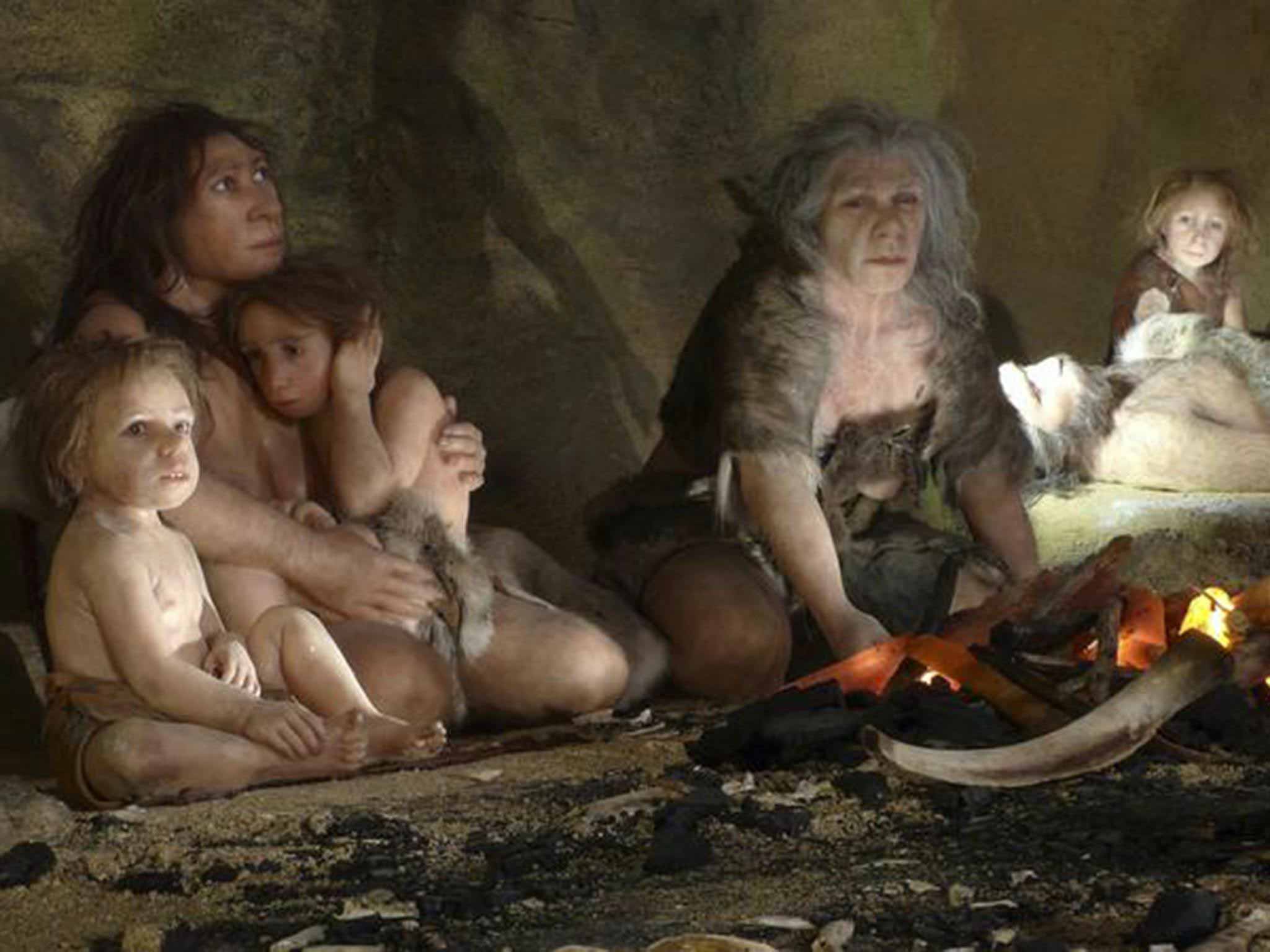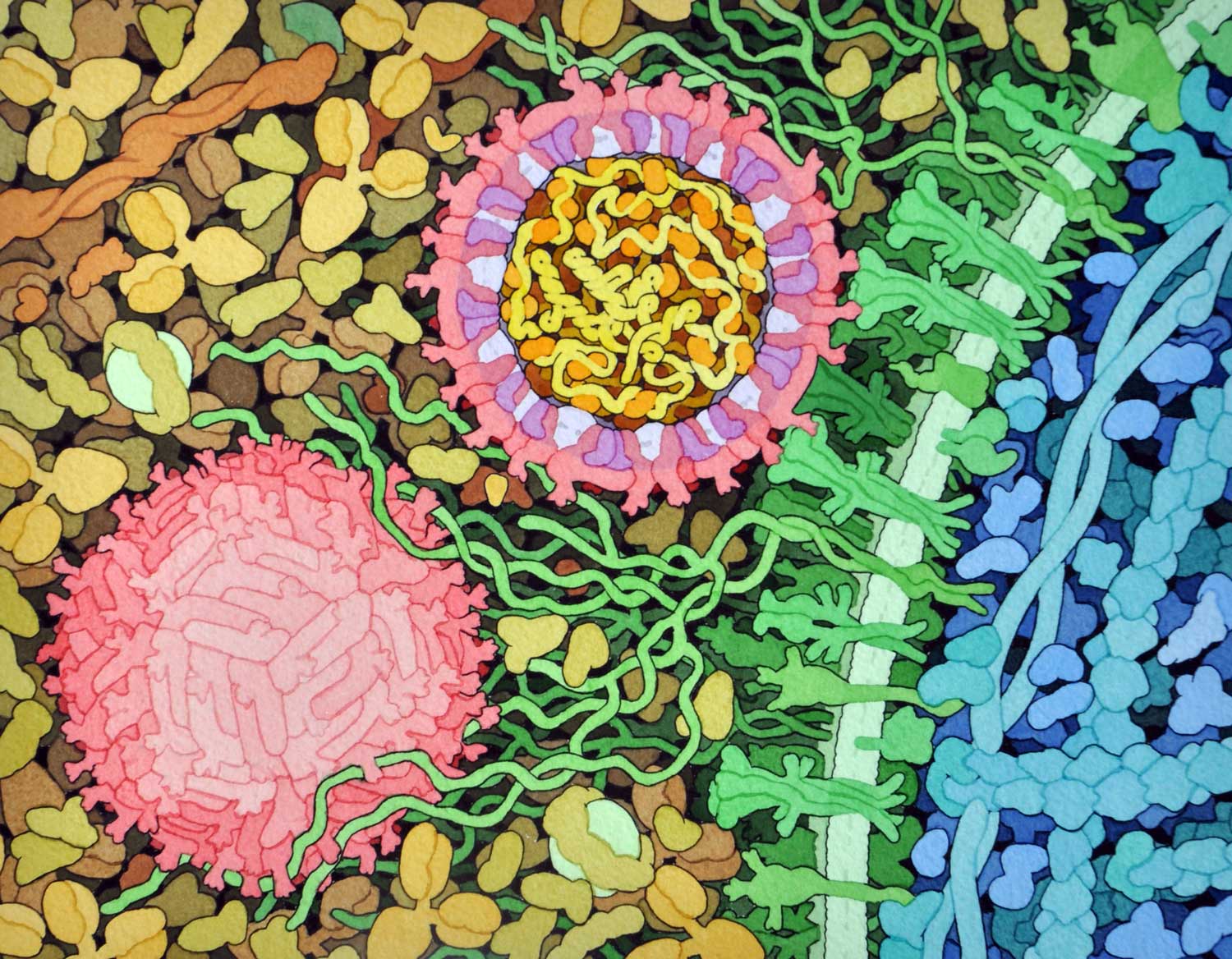High adult mortality in some contemporary hunter-gatherers
A brief review of a paper describing the causes of high mortality among young adults of the Hiwi people.
Note: This post is from 2007. It describes a current scientific paper at that time and some of its connections to life history theory more broadly, and remains accurate today.
Kim Hill and colleagues (2007) report in the current Journal of Human Evolution on the mortality profile of recent Hiwi hunter-gatherers. Here is their abstract:
Extant apes experience early sexual maturity and short life spans relative to modern humans. Both of these traits and others are linked by life-history theory to mortality rates experienced at different ages by our hominin ancestors. However, currently there is a great deal of debate concerning hominin mortality profiles at different periods of evolutionary history. Observed rates and causes of mortality in modern hunter-gatherers may provide information about Upper Paleolithic mortality that can be compared to indirect evidence from the fossil record, yet little is published about causes and rates of mortality in foraging societies around the world. To our knowledge, interview-based life tables for recent hunter-gatherers are published for only four societies (Ache, Agta, Hadza, and Ju/'hoansi). Here, we present mortality data for a fifth group, the Hiwi hunter-gatherers of Venezuela. The results show comparatively high death rates among the Hiwi and highlight differences in mortality rates among hunter-gatherer societies. The high levels of conspecific violence and adult mortality in the Hiwi may better represent Paleolithic human demographics than do the lower, disease-based death rates reported in the most frequently cited forager studies.
The mortality rates reported for the Hiwi are higher than those for other hunter-gatherers -- especially the African groups (Hadza and !Kung), but not stunningly so. Among pre-1960 Hiwi males, 57 percent could expect to survive to age 15, and 43 percent to age 30, with an average young adult mortality rate of around 2 percent annually. So it is not anything like as high as has been suggested for Neandertals and earlier humans (with annual mortality rates as high as 6 percent).
The most interesting aspects of the paper are the comparisons between the Hiwi and other ethnographically-known hunter-gatherers. Many of the differences in mortality profiles are attributable to strong cultural differences:
Cause of death among the groups differs considerably. Disease is an important cause of death in all groups, but represents only 20% of deaths in the precontact Ache, 45% among the precontact Hiwi, and about 7585% of all Hadza, !Kung, and Agta deaths. Respiratory disease is the main killer of the Ache, whereas gastrointestinal pathogens are most important among the Hiwi and probably Hadza. Among the !Kung, respiratory and gut infections are about equally important. Violence is the major cause of death among the precontact Ache (55% of all deaths) and very important among the Hiwi (30% of all deaths), but notably less important in the two African societies and the Agta (37% of all deaths). Indeed, the crude homicide/warfare death rates per year lived are more than ten times higher among the Hiwi and Ache than among the Hadza or !Kung (1/100 and 1/200 per year for precontact Hiwi and Ache, respectively, vs. 1/2500 and 1/3000 for the Hadza and !Kung, respectively). Blurton Jones et al. (2002) suggested that this may be due to the more pervasive effects of colonial governments in Africa and the reduction of intertribal warfare. Even so, within-group homicide and infanticide rates are also much lower among African foragers, suggesting real cultural differences in violence rates.
The most notable contrast among hunter-gatherer life tables is the overall similarity of child mortality followed by subsequent high mortality of the Hiwi and Agta in adulthood compared to the Ache, !Kung, and Hadza (Fig. 3). The number of individuals at risk in each yearly category and the number of deaths observed have been only published for the Ache and Hadza. Thus, statistical analyses of differences in mortality rates between these groups and the Hiwi can be performed using logistic regression. The results suggest that all foragers are not characterized by a single typical mortality schedule. Analyses of the differences for infants, children, adults, and elderly using logistic regression (Table 6) shows significantly lower Ache infant mortality and early-adult mortality relative to the Hiwi, and lower Hadza adult mortality (both young and old) relative to the Hiwi. Particularly striking is the fact that Hiwi early-adult mortality rates are about double those of the Ache and Hadza (Hill et al. 2007:449-450).
Violence is as important a cause of death as disease for young Hiwi adults, and for infants as well. On page 451, the paper points out that violence and accident cause as many deaths in the Hiwi young adults as occur in most other hunter-gatherers from all causes combined. Hill and colleagues discuss this issue in relation to the possible life history pressures on Paleolithic hunter-gatherers:
If high mortality, warfare, homicide, and accidental trauma are typical of our Paleolithic ancestors, the Hiwi mortality patterns may be more representative of the past than those derived from other modern hunter-gatherers. If so, several observations about the Hiwi are important. First, conspecific violence was a prominent part of the demographic profile, accounting for many deaths in all age and sex categories. Most of the adult killings were due to either competition over women, reprisals by jealous husbands (on both their wives and their wives' lovers), or reprisals for past killings. The criollo-caused killings were motivated by territorial conquest. Moreover, infanticide (especially on females) constituted the highest mortality rate component of all Hiwi conspecific violence. Second, no predation deaths were reported despite attacks by anacondas, Orinoco caimans, and piranhas, and the presence of jaguars in the area. Accidents associated with the active-forager lifestyle were common, but disease was a more important killer, accounting for nearly half of all deaths. This suggests an adaptive landscape in which success in social relations, competitive violence, and disease resistance are paramount. This may partially explain why many of the genes that appear to have been under strong selection in the past 50,000 years affect either disease resistance or cognitive function (Wang et al., 2006), presumably related to success in an atmosphere of frequent violent social competition (Hill et al. 2007:451).
The paper also includes a substantial discussion of the implications of high young adult mortality for intergenerational investments, such as grandmothering. This is an important issue, and Hill and colleagues end their discussion with a suggestion that neither the "grandmothering" nor the "embodied capital" models for the evolution of long life spans is sufficient to explain the human pattern. In their view, the key difference between humans and other primates (notably, chimpanzees) is not life span itself, but the markedly lower mortality rate among young adults. This low mortality rate directly causes the long life span (if you don't die young, you'll live long!). Hill and colleagues favor extrinsic factors such as greater protection of children, nursing the sick, and food sharing as possible causes of reduced mortality rates in humans.
This is a thought-provoking paper, beyond the valuable data, because of its discussion. I will have more to say about the early hominids later on.
References:
Hill K, Hurtado AM, Walker RS. 2007. High adult mortality among Hiwi hunter-gatherers: implications for human evolution. J Hum Evol 52:443-454. doi:10.1016/j.jhevol.2006.11.003
John Hawks Newsletter
Join the newsletter to receive the latest updates in your inbox.



